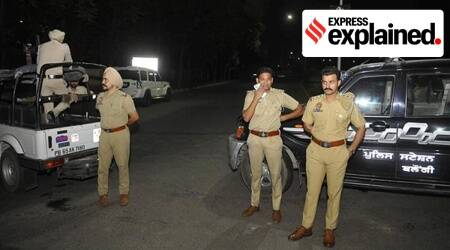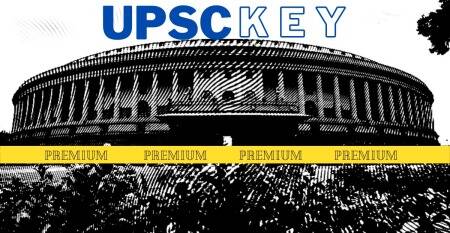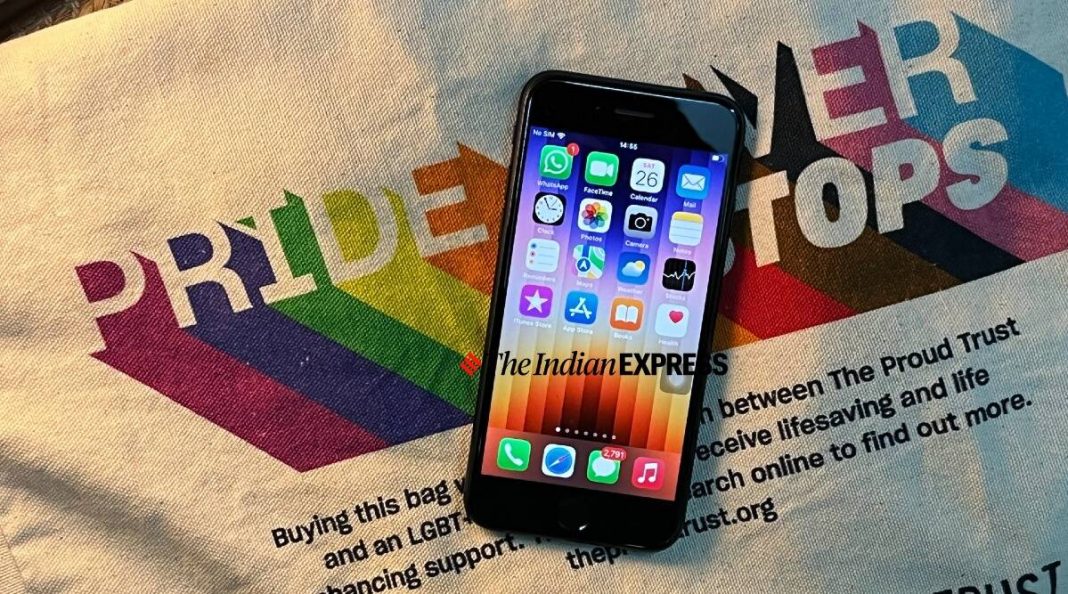The Department of Telecommunications (DoT) has set up a committee to study the feasibility of a spectrum band for offering broadcast services directly to users’ smartphones, a senior official said. Public service broadcaster Prasar Bharati had last year announced a collaboration with IIT Kanpur to test the feasibility of the technology, called ‘Direct-to-Mobile’ (D2M).
“Band 526-582 MHz is envisaged to work in coordination with both mobile and broadcast services. DoT has set up a committee to study this band,” K Rajaraman, Secretary, DoT said while speaking at a conclave on “Direct-to-Mobile & 5G Broadband Convergence Roadmap for India” organised by IIT Kanpur and Telecommunications Standards Development Society, India (TSDSI). At the moment, the band is being used by the Ministry of Information & Broadcasting across the country for TV transmitters.
🚨 Limited Time Offer | Express Premium with ad-lite for just Rs 2/ day 👉🏽 Click here to subscribe 🚨
The technology is being necessitated on account of increasing internet penetration in the country, with smartphones becoming the primary mode of content consumption. One of the main use cases of the D2M network is its ability to converge with traditional mobile networks and provide additional data pipes to the mobile operator which can help decongest their network from heavy bandwidth consumption during peak traffic periods. The idea behind the technology is that it can possibly be used to directly broadcast content related to national interest on citizens’ information and can be further used to counter fake news, issue emergency alerts and offer assistance in disaster management, among other things.
Best of Express Premium
 Premium
Premium Premium
Premium Premium
Premium Premium
Premium“82 per cent of the internet traffic in India is video-related traffic. Nearly 1.1 million minutes of video is streamed or downloaded every second. An estimated 240 exabytes of data is consumed per month,” Rajaraman said. “The solution for satisfying the increasing need for connectivity is to create a converged network”.
According to Rajaraman, content that is personalised can be sent over broadband on a one-on-one mode, however, generic content can be sent over the broadcast or multicast network in one or many more modes. “This enables very efficient use of the country’s spectrum resources and existing infrastructure while facilitating an inexpensive mode of content delivery to all citizens of India,” he said.
“The converged direct-to-mobile network will allow the end user to access unlimited video – educational or infotainment – and data content at a nominal fixed monthly price. Once a D2M network is rolled out, broadcaster can use such data pipes and deliver various applications apart from traditional TV,” Rajaraman said.
Information and Broadcasting Ministry Secretary Apurva Chandra said that the convergence between Direct-to-Mobile and 5G Broadband will improve consumption of broadband and utilisation of spectrum in India. However, he pointed out that a mass roll out of the technology will entail changes in infrastructure and some regulatory changes.
Prasar Bharati CEO Shashi Shekhar Vempati said that Indian consumers today do not want “silos” of hardware in their homes. He acknowledged that bringing key stakeholders like mobile operators onboard will be the “biggest challenge” in launching D2M technology on a wide scale.
